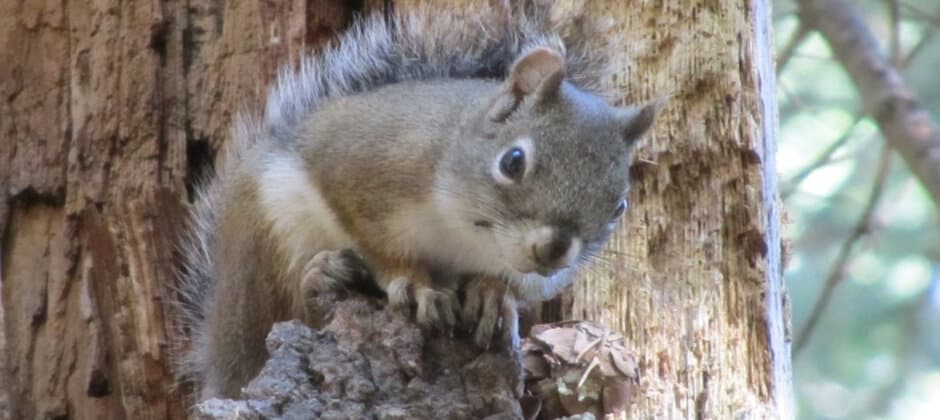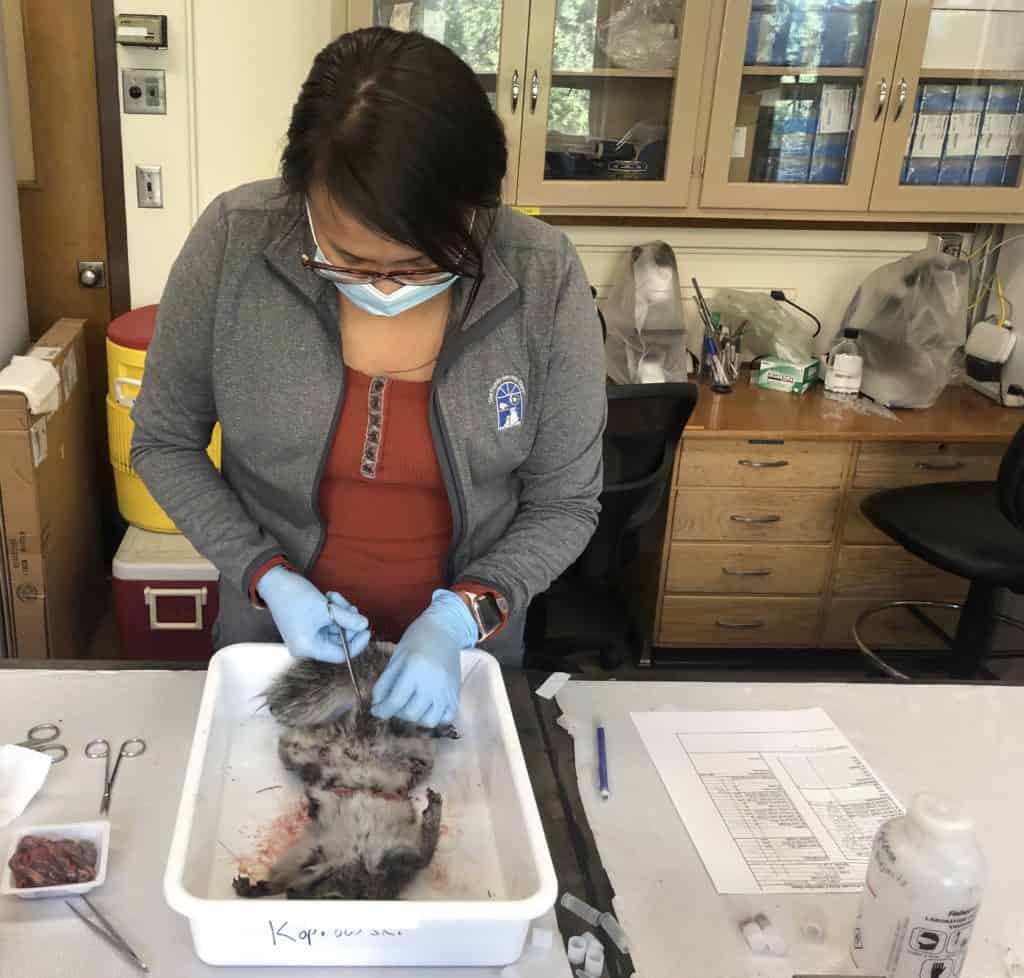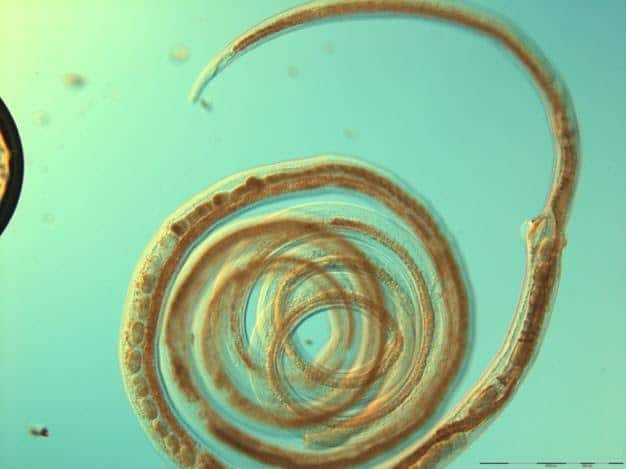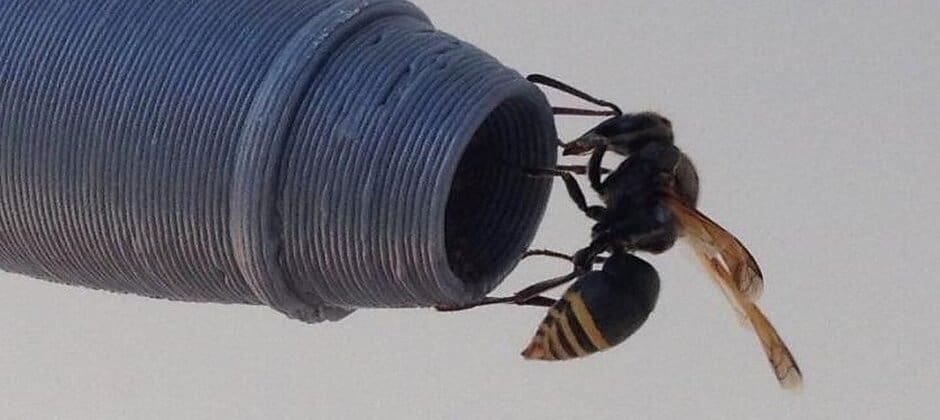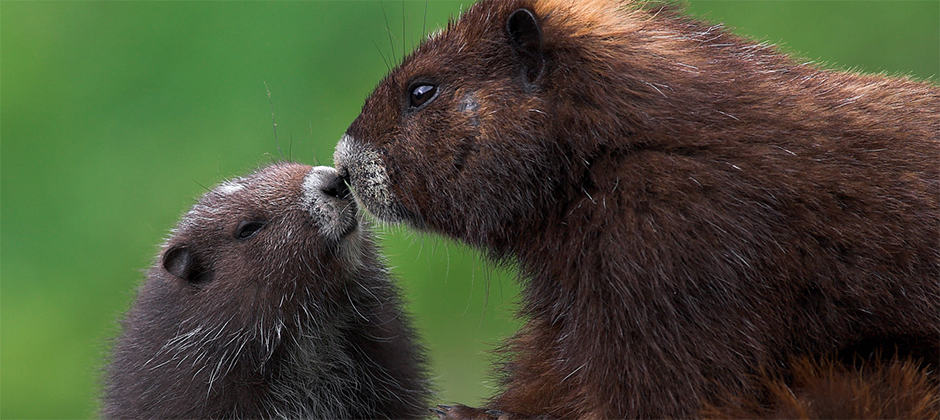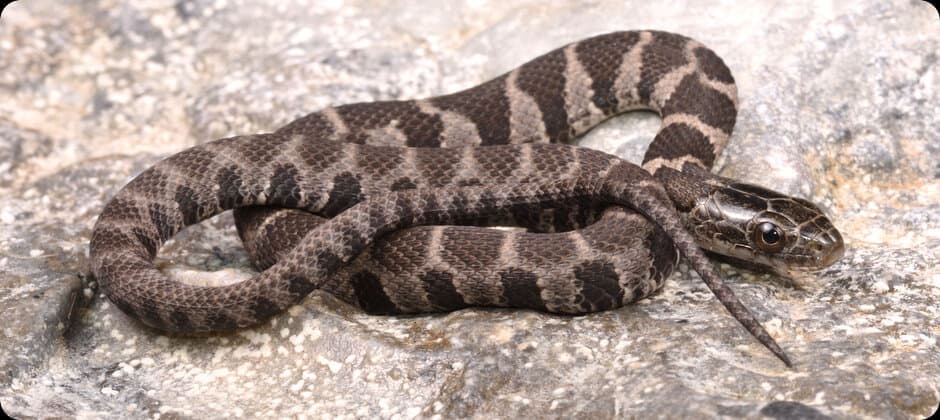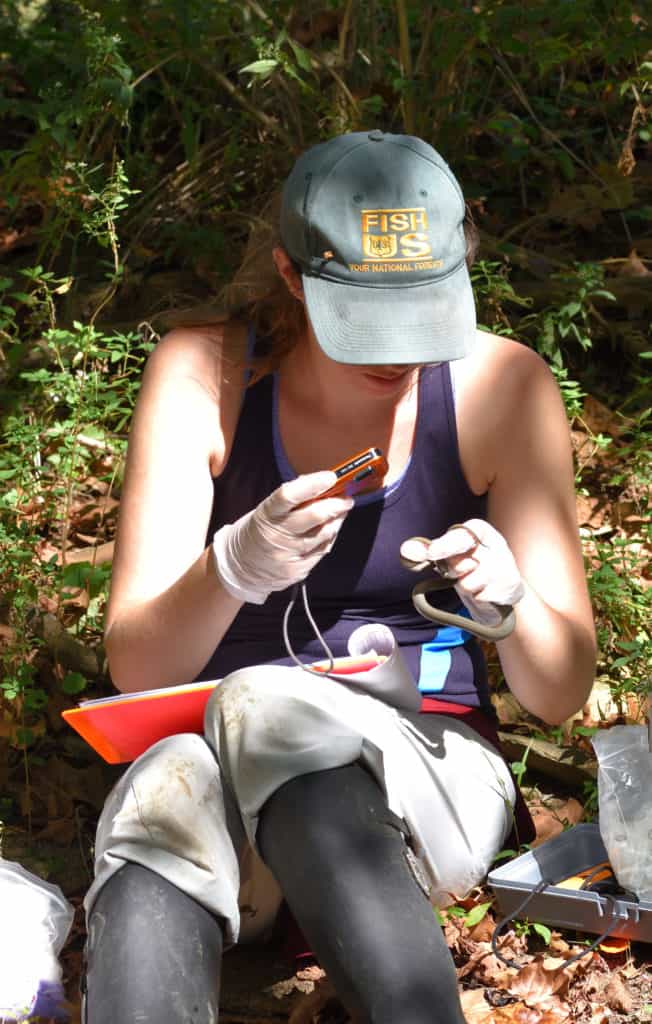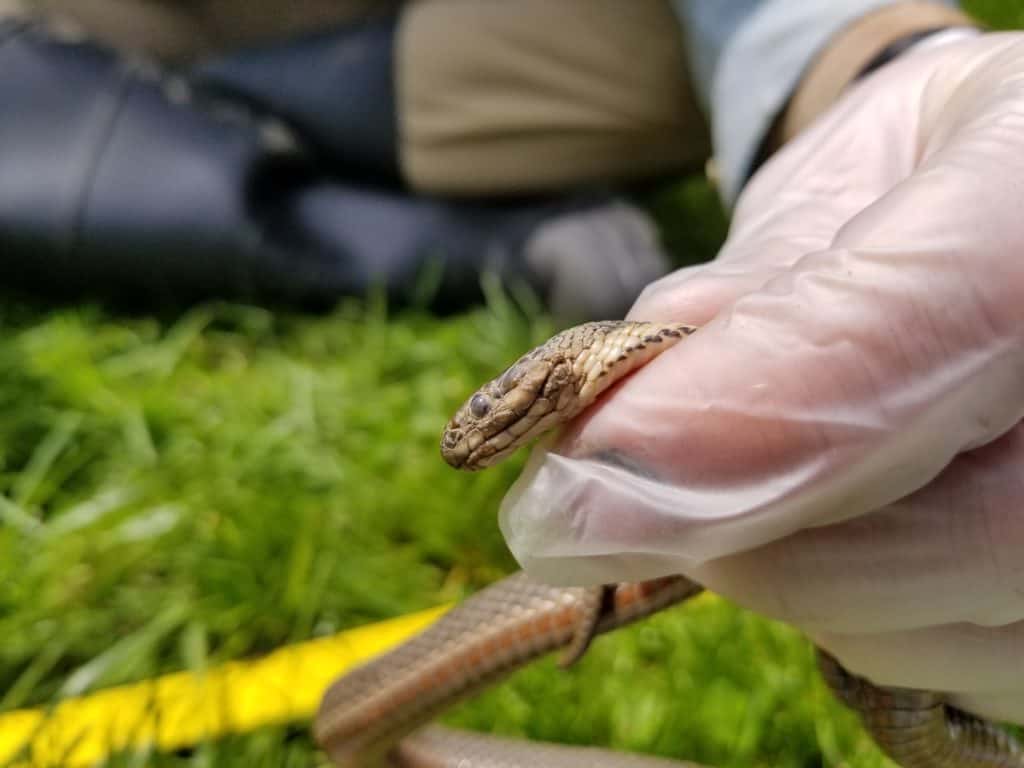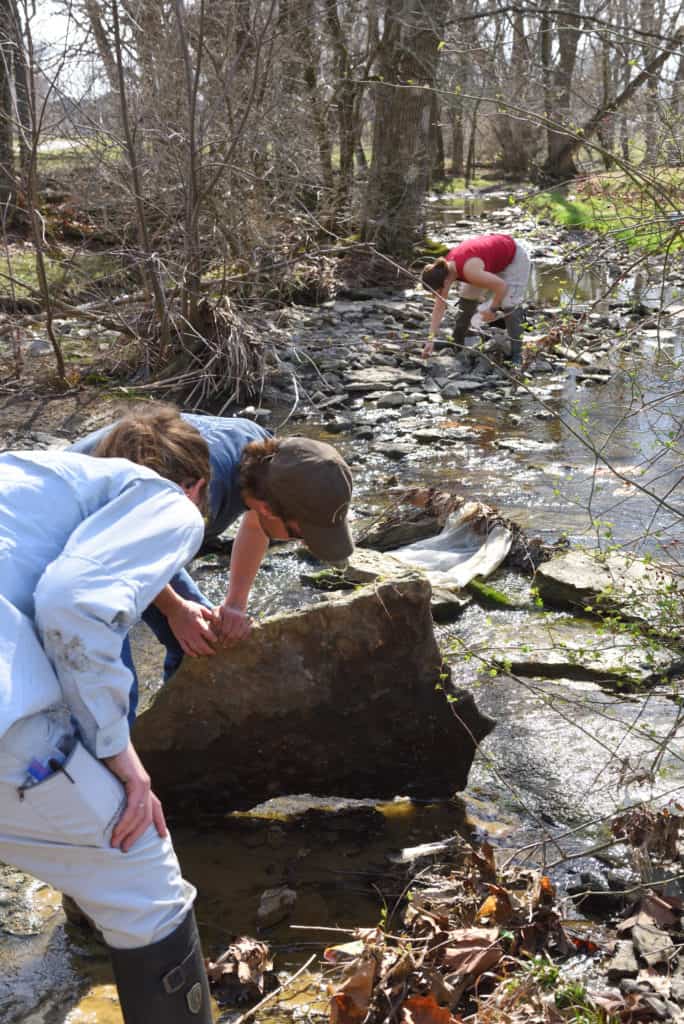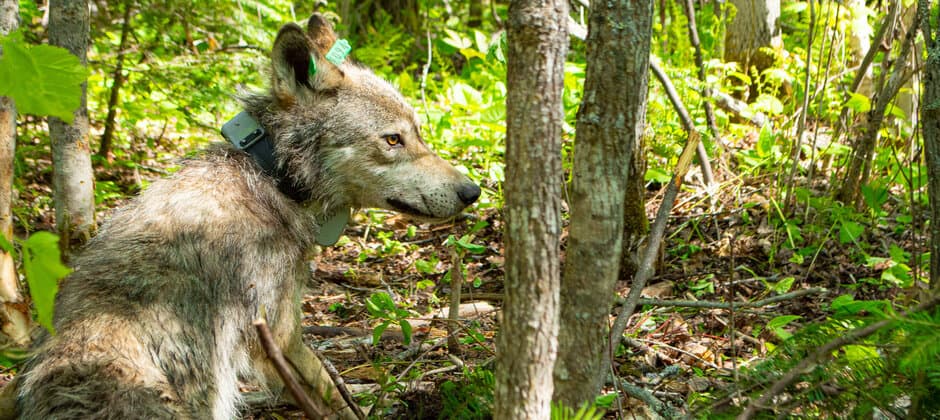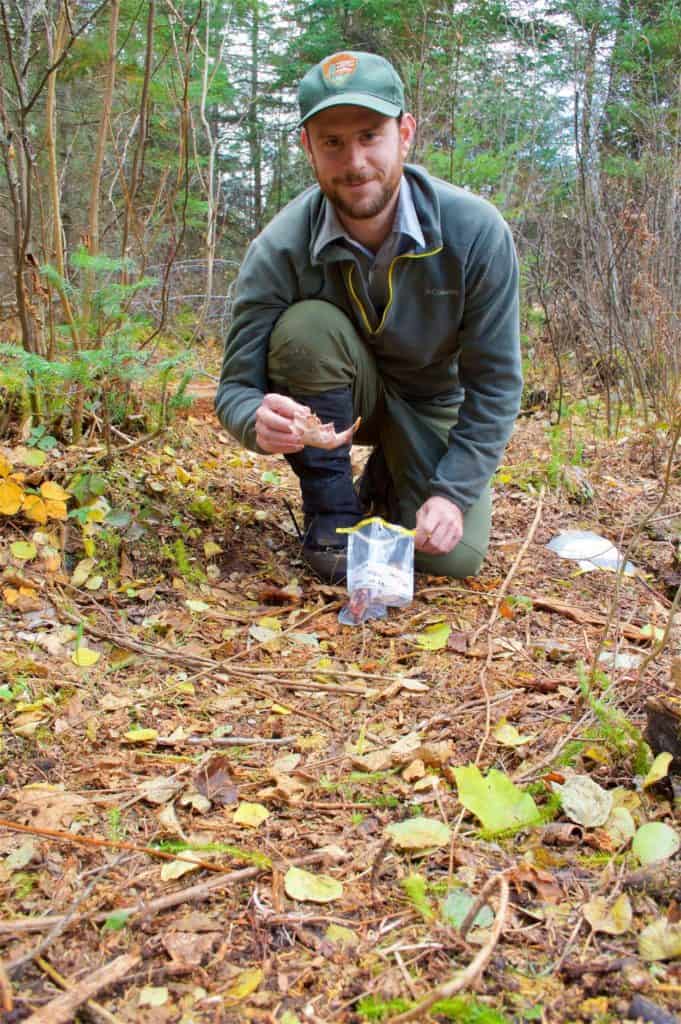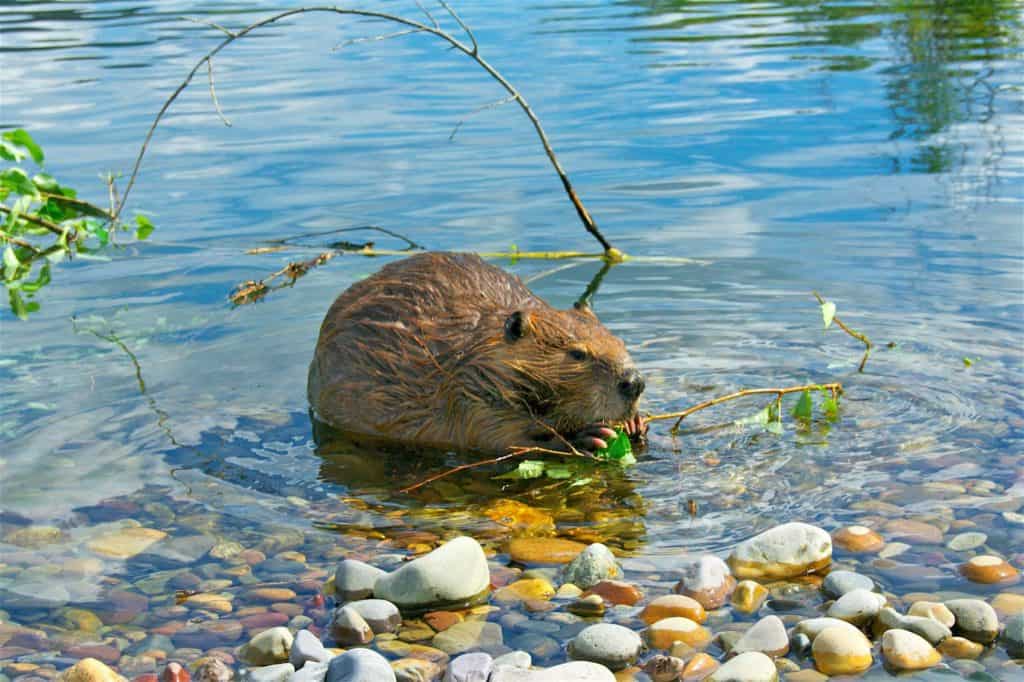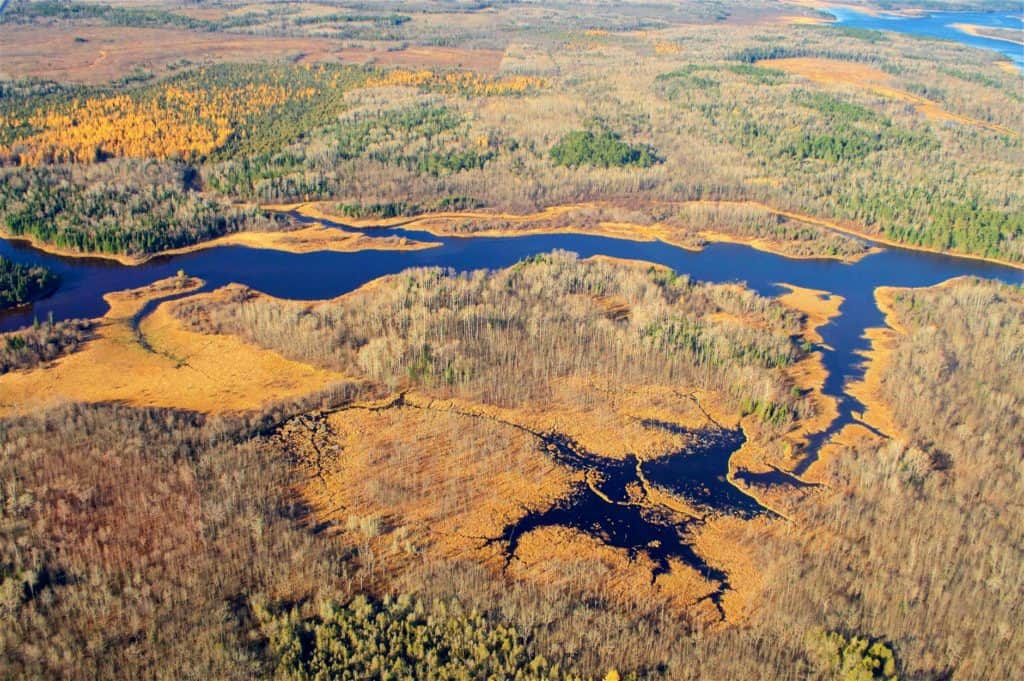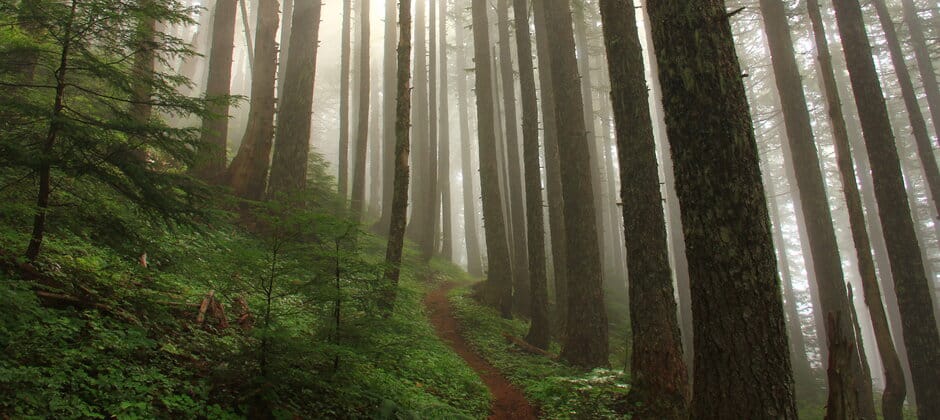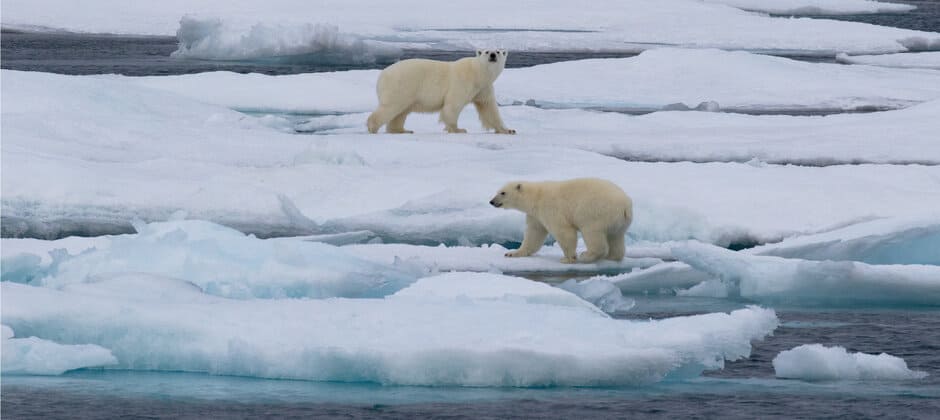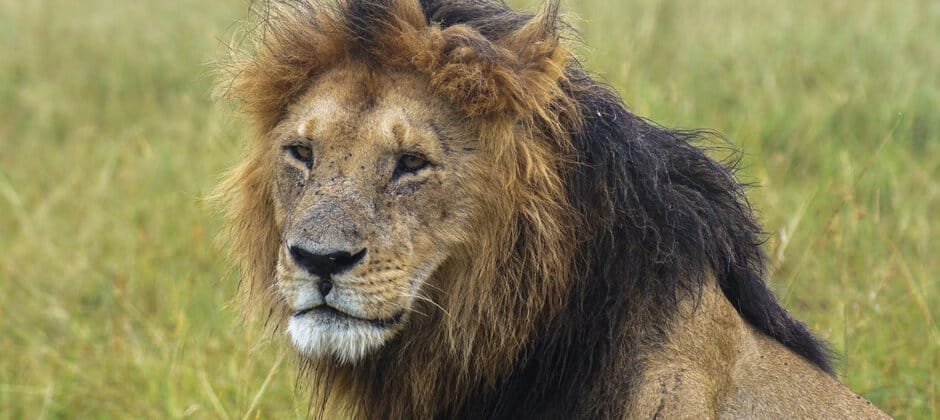
Over the past century, a growing human population has caused movement barriers for lion populations, reducing their genetic diversity.
“The African landscape has changed drastically over the past century with human population increases, management of wildlife and landscapes, etc.,” said Caitlin Curry, a doctoral candidate at Texas A&M University College of Veterinary Medicine & Biomedical Sciences. “We wanted to see the genetic impacts these changes have on an apex predator across their range.”
Curry led a study published in Molecular Biology and Evolution looking at modern and historical data on lions (Panthera leo) from India to southern Africa. The modern data was collected from recent studies, including one that Curry was involved in.
The historical data came from specimens from 143 lions in museums across the world collected prior to 1949, but they came with a high potential for DNA degradation, Curry said. As a result, they had to develop protocols to extract and sequence low quality and sometimes low quantity DNA from these samples. “Aside from just the age of the specimen, everything from the methods for preserving the specimen to how it’s been stored can greatly affect the level of degradation,” she said.
After comparing the historical and modern data, the team found that humanity has made an observable impact on the genetic diversity of lions. The team looked at mitochondrial DNA, inherited by the mother, as well as nuclear DNA, which is inherited by both parents. They found that gene flow from males was interrupted by habitat fragmentation. This caused a decrease in genetic diversity, as subpopulations became more differentiated between one another. “The spatiotemporal genetic patterns observed in lions shows how quickly habitat fragmentation can alter genetic structure and diversity in only a handful of generations,” Curry said.
While human populations in lion country have been greatly increasing since the 1800s, the team was still surprised by the findings. “Surprised and disappointed, because it’s not what I wanted to see,” said James Derr, a professor of veterinary pathobiology and genetics at Texas A&M and an author on the study. “I really wanted to be able to tell everyone that the management we’ve been doing for the last 100 years is perfect and to keep doing what we’ve been doing and everything will be fine. But that’s not the take-home lesson. Unfortunately, that’s not the story we can tell.”
But the researchers say all hope shouldn’t be lost for the lion populations. “This should not be a disheartening story but rather one of hope,” Curry said. “Yes, we see a decrease in genetic diversity across lion populations over the past century. But, currently, compared with other mammalian species, lion genetic diversity is still considered high across all lion populations.”
Curry suggests continuing responsible management focused on giving prides enough space to breed and allowing males to move more freely between isolated subpopulations in order to increase genetic diversity.
“The positive take-home message is now that we’ve documented this and we understand it, policies can be tailored to manage these populations differently,” Derr said. “We know now that you can’t treat all lions the same. Now we have the responsibility to manage these animals, and many other managed wildlife species, in ways that better reflects their current biology.”
The next step is sharing research like this managers, Curry said, “so they can make informed decisions and use scientifically based conservation strategies to protect the lion and its ecosystem.”



